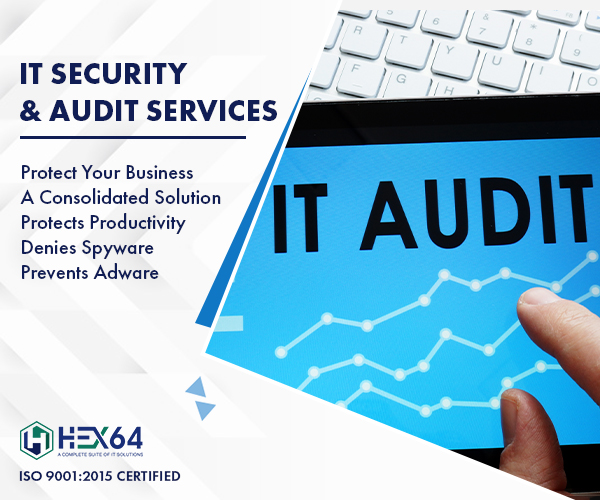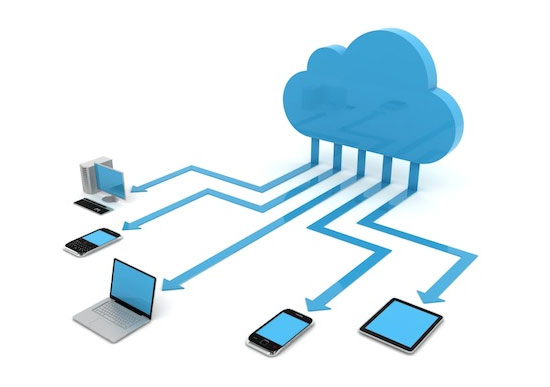IT audit is an autonomous assessment of enterprises’ information systems and security controls. The objective of the IT audit is to make sure IT controls to safeguard resources, and IT-related risks are well aligned with the organization’s level of risk threshold.
IT audits support identifying risks and making sure controls are in place to safeguard the information:
Availability – Systems and data are accessible when required.
Confidentiality – information is created, and accessible only to approved people.
Integrity – information is perfect, impeccable, and secured from intended, illegal, or accidental alteration.
IT Audit – Controls Evaluated
After collecting all the data the IT auditor will examine it to decide if the operations audited are well measured and practical. Now, this is where your biased interpretation and knowledge come into action. For example, you might discover a flaw in one area which is compensated for by extreme control in another adjoining area. It is your accountability as an IT auditor to describe both of these findings in your audit report.
IT Audit Scope
Planning the IT audit includes two main steps. The first step is to collect data and do some preparation; the second step is to obtain knowledge of the present internal control formation. More and more businesses are moving to a risk-based audit method which is used to evaluate risk and supports an IT auditor make the judgment as to whether to conduct substantive testing or compliance testing. In a risk-based strategy, IT auditors are depending upon operational and internal controls as well as the understanding of the organization or the business. This kind of risk assessment judgment can support and relate to the cost-effective review of the control to the identified risk. In the “Collecting Data” step the IT auditor requires to know five things:
- Knowledge of company and business
- Previous year’s audit outcomes
- Recent financial knowledge
- Administrative statutes
- Integrated risk evaluations
IT audits alters in scope and may involve one or more of the following to make sure protection controls are adequate and efficient:
- External “hacker view” penetration test of network entrance points (firewalls, etc.)
- Assessment of web applications for vulnerabilities.
- Phishing evaluation of staff
- On-site evaluation of IT systems and controls
- Security controls
The kinds of security controls assessed by an IT audit involve:
Technical protection
- Network infrastructure configurations- routers, firewalls, network segmentation, storage, servers, software applications, etc.
- Security systems – authentication (passwords), backups, anti-virus, monitoring, encryption, and, logging, etc.
- Communications – Wi-Fi, Internet connectivity, etc.
Physical safeguards
- Physical controls – locking enclosures and limited access to media.
- Access control systems – card access systems and access logs
- Logging and monitoring – access logs, cameras, and video retention.
Administrative Protection
- Risk evaluation – defensive, detective, and improving security controls
- Security policies – patch management policy, password policy, anti-malware policy, etc.
- Work reports – CIO and IT staff
- Agreements – service providers and confidentiality
- Safety training programs
- Event response systems
- Business continuity plans
IT Audit Report
Once data collection is finished, the IT Auditor makes an IT audit report of findings with putting the first suggestions to decrease risks and improve security. Since a security breach can negotiate systems and data, the organization should implement remediation and restorative action in a convenient way.
Businesses should hold annual IT audits. Annual audits assure:
The problems identified in the earliest/prior audit were adequately marked.
No fresh vulnerabilities were formed when the organization remediated methods.
No current security concerns have been recognized.
Hiring an Auditor
You may be convinced to rely upon an IT audit by in-house staff. Don’t be. Maintaining with patches, ensuring Operating Systems and applications are properly configured, and watching your security systems is ultimately more than a whole-time work. And no matter how involved you are, outsiders may well detect difficulties you’ve dropped.
IT audits to identify risks to the technology platform by evaluating not only the strategies and methods but also system and network configurations. This is work for computer security experts. Examine these points in the employing method:
Choose a Certified Information Systems Auditor for your IT audit service. The Certified Information Systems Auditor appointment is a globally identified certification for IT system & security audit control, trust, and security specialists. Certified auditors have audit expertise, abilities, knowledge, the understanding to recognize and evaluate vulnerabilities, opinion on compliance, and recognize remediation/corrective action required. The autonomous auditor’s reports are unbiased, guaranteeing a perfectly straight approach with recommendations that are in your best interests.





Very Good content! Thank you for publishing this awesome article.